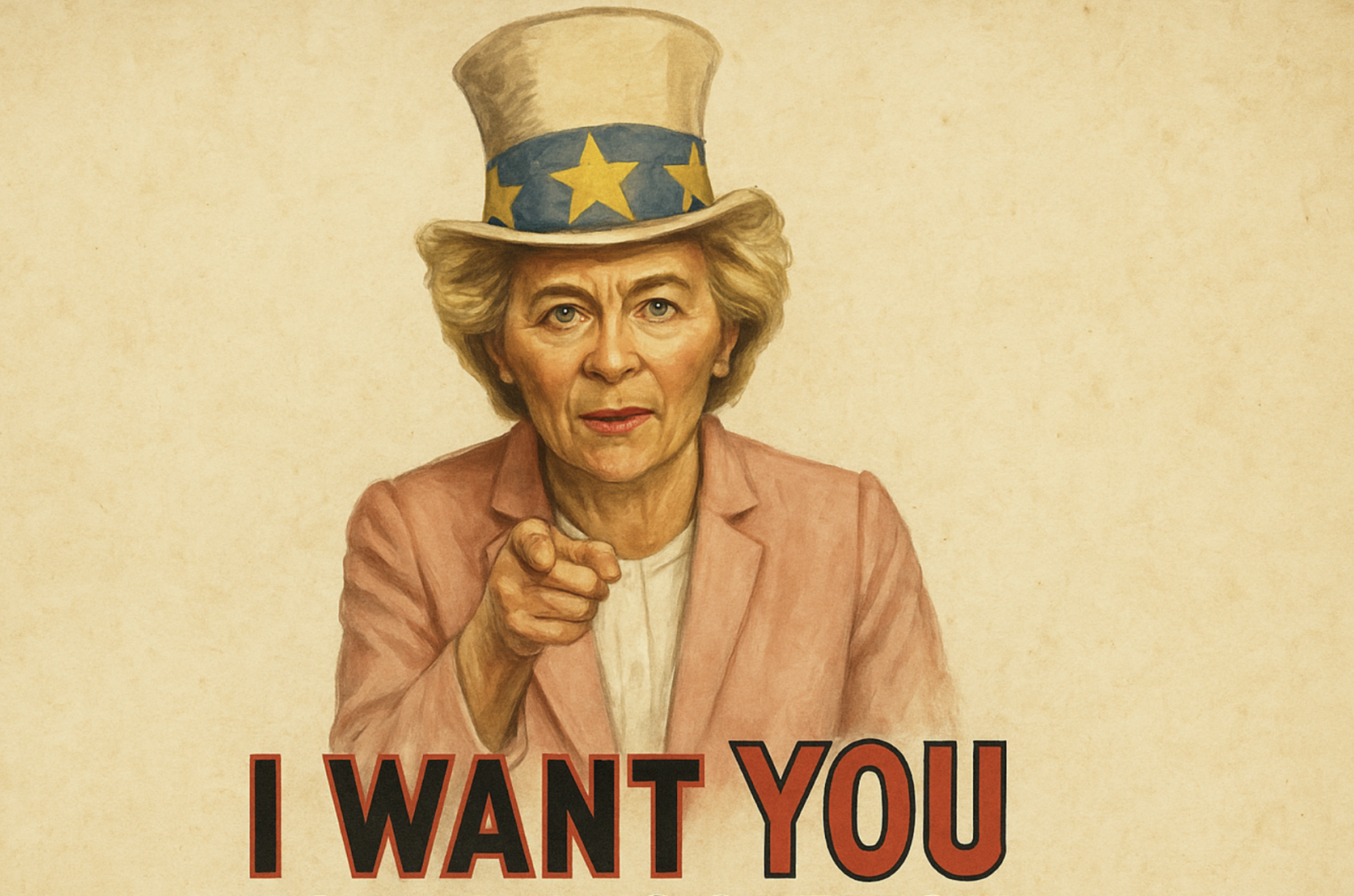Article published on the ASSET website
Institutions, public agencies and authorities can tackle different kinds of crisis by using social media. In the last few months, this has been done successfully in very diverse cases, both defending the reputation of a big oil company from a journalistic inquiry, and managing the response to a terror attack within a city. Even if the type and range of crisis is hugely different, the efficacy of a prompt and wise use of social network gives clues that could be useful when dealing with infectious threats as well.
ENI (Ente Nazionale idrocarburi) is an Italian big oil company that, in December 2015, got involved in a journalistic inquiry by the TV show Report, which raised suspects about the concession of Opl245, an oil bloc in southern Nigeria.
The oil company did not accept to release interviews during the preparation of the TV show. However, they intervened on Twitter during the broadcasting, replying to each argument, providing data and resources, and redirecting followers to a dedicated page on their website.
With more than 9,000 tweets, more than 3,800 unique users and a potential public of almost 10 million followers, ENI intervention has become a touchstone in terms of crisis communication and online reputation defence. The company managed to oversee the debate on social media, thus taking the TV show’s editorial staff by surprise; only later in the evening, they released an official response.
Regardless of the content of the debate, this example of crisis management by a private company highlighted the importance of influencers – people with a high amount of followers, who may create engagement on some specific topic – when sharing data through social media. In fact, tweet analysis revealed that Report was supported especially by “common” users, while ENI managed to gather a consensus mainly built on Twitter influencers, first among them Marco Bardazzi, head of ENI communication staff, who personally stepped into the discussion. As a result, attention shifted from the issue under inquiry to the ENI-Report diatribe.
Classic rules about conflicting positions were overturned; information reached the public from two different sources, television and social media, and the network of influencers involved became crucial to determine the fate of the discussion.
Such an event thus reinforced the idea that Twitter may be a powerful tool to manage crisis in real time. The past year offered us other relevant examples of that.
Managing public security on Twitter
On November 13th, Paris suffered a violent terror attack. In that situation, Facebook and Twitter quickly offered some dedicated tools to facilitate communication during the emergency. The Safety Check tool allowed Facebook users that were in the city to inform their contacts that they were safe. The day after, Facebook offered the possibility to include the colours of the French flag into the profile picture to display solidarity (an act that raised some controversies as many users wondered why a similar initiative was not undertaken few days before, following an attack in Beirut that killed 43 persons. Mark Zuckerberg personally answered to this polemics, always on Facebook).
Twitter reacted by dedicating Moment – a collection of the more important news selected by an internal team – to all the information coming from Paris. Citizens gave their contribution as well, spreading more than one million tweets with some hashtag - #PorteOuverte, #StrandedInUS, #RechercheParis – to help people finding refuge during the shootout or sharing information about missing persons. Something similar had also occurred on January 7th, again in Paris, following the attack at Charlie Hebdo, when information shared on Twitter, Facebook and YouTube were in some cases so accurate that they became an issue for the secrecy of ongoing investigations.
An issue that Belgian police did not forget when, in November, launched a great anti-terror operation in Bruxelles, culminated in the arrest of 16 persons suspected to be connected to those responsible for the attack in Paris.
In order to avoid information leaks and security breach, Belgian police asked on Twitter not to publish any information on the ongoing operation. Citizens’ response was singular and exceptional: they literally flooded the social media with pictures of cats linked to the operation but without any details, using the hashtag #BrusselsLockDown. As revealed by an Italian agency, this hashtag appeared in more than 196,000 tweets between 21st and 23rd November, reaching 282 million followers. By doing this, citizens not only recognized the importance of the situation and cooperated to protect their city, but also soothed the tension caused by fear. A behaviour acknowledged by the police, which published a tweet with a picture showing a bowl full of kibbles with its logo on it.
The search for key influencers
All these examples clearly show why social media, and Twitter in particular, may became extremely useful tools for crisis management in real time. For this reason, ASSET started to monitor public discourses on Twitter about the project’s main topics – i.e. infectious outbreaks, emerging viruses, influenza, vaccines – using a new algorithm that will make the identification of influencers’ networks easier.


